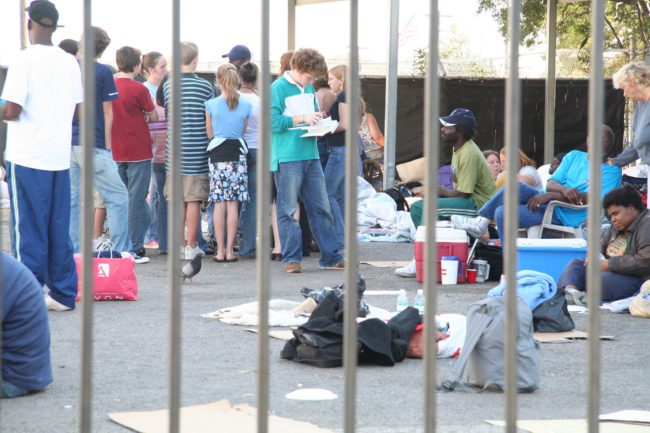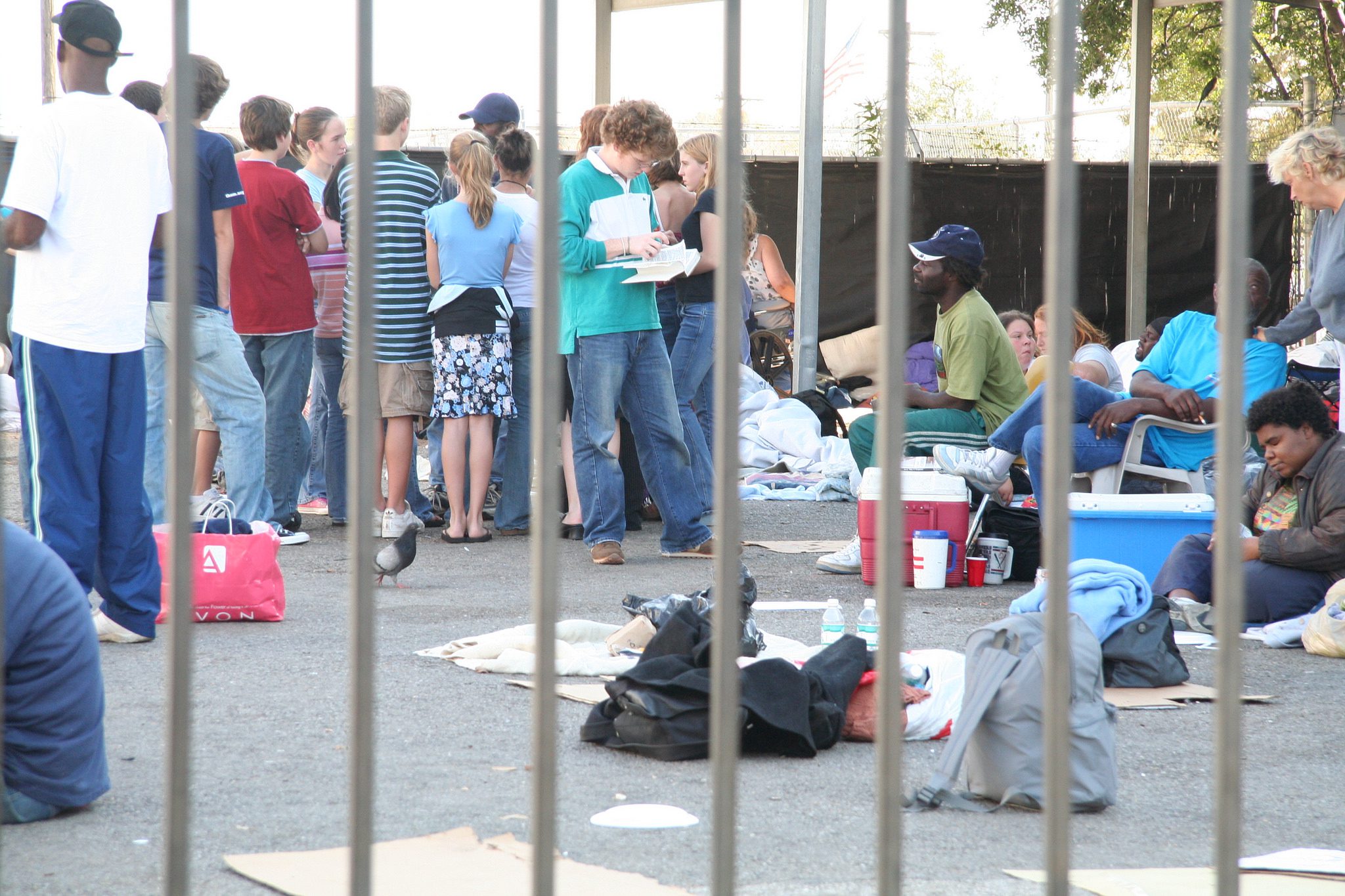
When one thinks of the homeless, several images of dirty men and women come to mind, but there is an entire portion of the population who are overlooked. This group has no voice.
Homeless children are victims. They are subject to their parent(s)’ choices or misfortunes. On any given night, nearly one-third of those without a home to call their own are under the age of 18. In fact, roughly half who sleep on the streets are families.
Poverty, Drugs, Mental Illness, and Job Loss
There are numerous, possibly uncountable situations that result in a family’s homelessness. Many low-wage families have problems making ends meet. Anyone who lives in poverty will likely be without stable housing. This is especially the case with rents rising exorbitantly, like those in California, Oregon, and Washington.
Sometimes adults choose to use drugs or abuse alcohol to the point that their addiction costs more than the disruption of family peace. It is not uncommon for these behaviors to result in loss of jobs and the inability to pay the bills causing eviction due to lack of finances.
If a parent is laid off or fired from their job and eligible for unemployment, the temporary benefit may only delay having to pack up their family and live in their vehicle or on the streets. When parents share their stories, they discuss the circumstances of their homelessness and speak of losing the American dream.
One common theme is they thought it would be easy to find another job, and did not. Then their benefits ran out, and the worse possible option was the only thing left.
Children whose guardians suffer from untreated mental illness, physical disabilities or PTSD are more likely to become homeless. These maladies can make it difficult for people to maintain steady employment or stable homelife situations.
Adolescents, like adults, who live with domestic violence seek other accommodations and often find living in shelters, on the streets, or couch surfing, which is staying with friends temporarily.
Overall homelessness can be difficult for kids to have regular attendance at school, or be well rested. While couch surfing is helpful, children may suffer similarly.
Moreover, if that host household has children, their lives are disrupted. They have to make adjustments, share their toys, and space. This, too, can stir up behavior issues, or insecurities.
Homelessness Does Not Only Happen to Families
Another group rarely discussed are orphaned or abandoned kids. No matter where they are placed, they suffer homelessness.
Good quality foster homes are sorely lacking, leaving thousands of children living in group homes or institutional housing.
When a child is removed from their home due to neglect or abuse, the first choice for placement is extended family members. However, there are still at least 400,000 children living in foster care, and approximately 100,000 are waiting to be adopted.
Additionally, every year, 30,000 young adults age out of foster care, many of whom end up on the streets, back with their abusive guardians, or seeking alternative living situations many of which are temporary or inappropriate.
With homelessness on the rise, communities must come together to help. While all require assistance, families with children, runaway. and throwaway kids have the greatest need.
By Cathy Milne
Sources:
HomeAid America: Top Causes of Homelessness in America
U.S. News and World Report: America’s Homeless Population Rises for First Time in Years
SHOW HOPE: 4 Statistics You Should Know About the Orphan Crisis
Featured and Top Image Courtesy of Louis Tanner’s Flickr Page – Creative Commons Licensee



